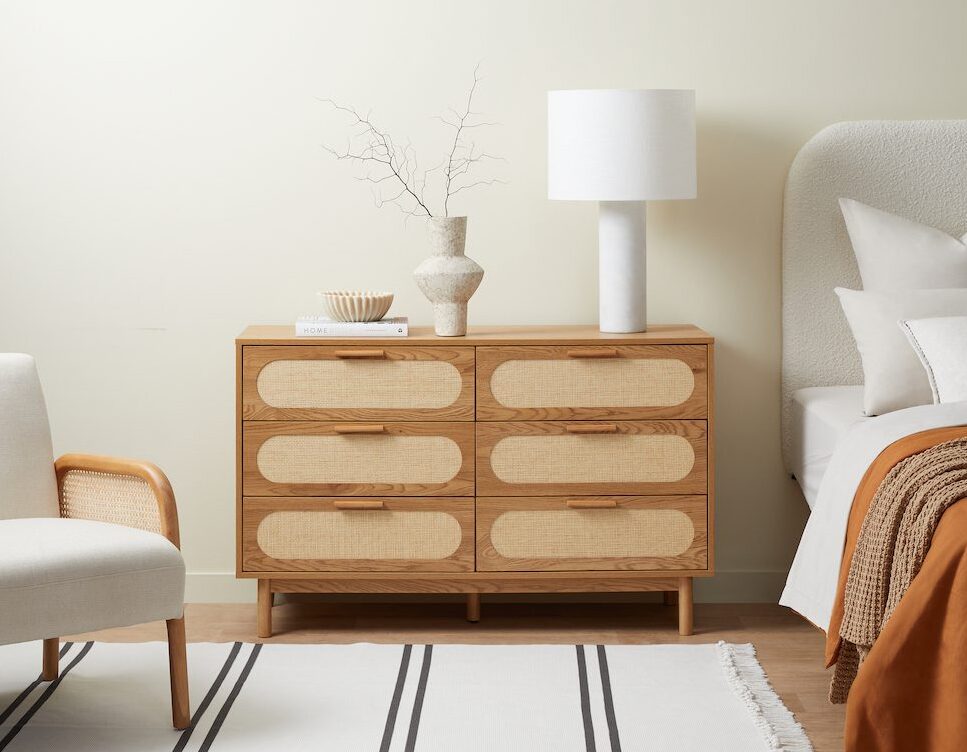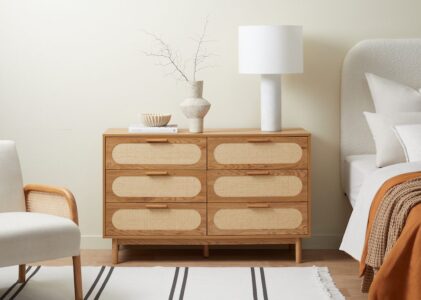Biophilic design is a design philosophy that emphasizes incorporating natural elements into the built environment to promote a connection between people and nature. It involves bringing the outdoors in through the use of natural materials, plants, and other elements that evoke a sense of nature. As more people live in urban areas, access to nature can be limited, making biophilic design an increasingly important consideration in architecture and interior design. By incorporating natural elements into the design of spaces, biophilic design aims to create a more harmonious and calming environment that enhances the well-being of its occupants.
Biophilic design has numerous benefits for both physical and mental health. Consistent exposure to natural elements through biophilic design has been shown to support longevity and promote an affinity for nature in future generations. Studies have also found that incorporating biophilic design into the workplace can lead to increased productivity, reduced stress, and higher morale among employees. Additionally, biophilic design can create a sense of balance by embracing the elements of nature that surround us, which can contribute to a more peaceful and harmonious environment. By bringing nature inside, biophilic design can help individuals feel more calm, happy, and connected to the natural world.
Biophilic design can be seen in various examples of architecture and interior design. Elements such as water features, greenery, natural light, and the use of natural materials like wood and stone can be incorporated to create a more natural and calming environment. Biophilic interior design, which is a holistic approach to integrating nature and natural elements into the built environment, has become increasingly popular in recent years. From office spaces to residential homes, biophilic design has the potential to transform the way we interact with our built environment and promote a deeper connection to nature.
Incorporating Natural Elements in Design
Incorporating natural materials is an essential aspect of biophilic design. By using natural materials such as wood, stone, and bamboo, designers can create a more organic and natural look within spaces. The use of natural materials can also contribute to a healthier indoor environment by reducing the amount of synthetic materials and chemicals used in the space. Additionally, natural materials can provide a tactile experience for individuals within the space, further connecting them to the natural world.
Natural lighting and views are also crucial components of biophilic design. According to Hornby, natural light is the easiest way to incorporate biophilia into a space. Exposure to natural light has been shown to improve mood and productivity in individuals. Maximizing views of the outside can also provide a connection to nature, even in urban environments. Views of greenery and natural landscapes have been found to reduce stress and improve cognitive function.
Living plants and greenery are another essential element of biophilic design. Incorporating plants into interior spaces has been shown to have numerous benefits, including improving air quality, reducing stress, and increasing productivity. Plants can also provide a connection to nature and contribute to a sense of calm and well-being. Strategically incorporating plant material can also underscore brand messages related to wellness and natural living. Overall, incorporating natural elements into design can contribute to a healthier and more sustainable indoor environment, while also providing numerous benefits for individuals within the space.
Embracing Natural Shapes and Patterns
Embracing natural shapes and patterns is a key aspect of biophilic design, which seeks to connect humans with nature through the built environment. This can be achieved through the use of curved lines and organic shapes in design elements such as furniture, lighting fixtures, and architectural features. By incorporating these elements, designers can create a more natural and calming environment that reduces stress and improves productivity. Additionally, the use of natural patterns and textures, such as wood grain or stone surfaces, can further enhance the connection to nature and create a more visually appealing space.
Mimicry of nature’s forms in design is another way to embrace biophilic elements. This can include the use of materials that resemble natural elements, such as furniture made from reclaimed wood or stone, or the incorporation of design elements that mimic the shapes of leaves, shells, or other natural forms. By bringing these elements into the built environment, designers can create a space that feels more connected to the natural world and promotes a sense of well-being in its occupants.
Embracing natural shapes and patterns in design is not a new concept, as cultures around the world have long incorporated nature into their homes and public spaces. However, the concept of biophilic design has gained traction in recent years as a way to create more authentic and visually appealing spaces that promote well-being. By incorporating natural elements such as light, fresh air, plants, and natural materials, designers can create a more natural and calming environment that promotes a sense of connection to the natural world. As a result, embracing biophilic design elements can lead to a more harmonious and healthy living or working space.
Creating Connections with Nature
Biophilic design is a design methodology that seeks to connect people with nature within built environments and communities. By embracing the elements of nature that surround us, biophilic spaces create a sense of balance and harmony. Designing spaces for human-nature interaction is a key aspect of biophilic design. This can include incorporating natural light, greenery, and views of nature into the design of a space. By doing so, individuals in these spaces can experience the benefits of being in nature, such as reduced stress levels and improved mood. Biophilic design can be organized into three categories: nature in the space, natural analogues, and nature of the space, providing a framework for designers to create spaces that connect individuals with nature.
Integration of water features and natural sounds is another important aspect of biophilic design. Water features, such as fountains or aquariums, can create a calming atmosphere and mimic the sound of natural bodies of water. Natural sounds, such as bird calls or the sound of a gentle breeze, can also be incorporated into a space to create a multi-sensory experience. By engaging multiple senses, individuals can feel a deeper connection to nature and experience the benefits of being in natural environments.
Designing for multi-sensory experiences is a key component of biophilic design. By incorporating elements such as natural light, greenery, water features, and natural sounds, designers can create spaces that engage all of the senses. This approach reinforces our connection to nature and can improve our overall well-being. Architects and designers are responding to the desire for biophilic design features by incorporating operable windows, rolling overhead doors that open to outdoor areas, and other features that allow individuals to connect with nature. By embracing biophilic design elements, individuals can bring the outdoors in and experience the benefits of being in nature within their built environments.
Implementing Biophilic Design in Different Settings
Biophilic design, which incorporates natural elements into the design of indoor spaces, can greatly enhance the ambiance of residential spaces. By using natural materials, patterns, and lighting, homeowners can create a more organic and natural look within their homes. Additionally, incorporating natural elements such as plants, water features, and natural lighting can improve air quality and promote relaxation and stress reduction. Biophilic design has become increasingly popular in residential spaces as it offers a way to connect with nature while still enjoying the comfort and convenience of indoor living.
Biophilic design elements can also be incorporated into commercial spaces, such as offices and retail settings. Natural lighting and greenery can be used to create a more calming and productive work environment. Incorporating biophilic design in commercial spaces has been shown to improve employee well-being and productivity, as well as customer satisfaction and sales. By embracing biophilic design, businesses can create a more welcoming and comfortable atmosphere for employees and customers alike.
Biophilic design can also be implemented in urban environments, where access to nature may be limited. By incorporating natural elements such as green roofs, vertical gardens, and natural lighting, urban spaces can be transformed into more inviting and restorative environments. Biophilic design in urban settings has been shown to improve mental health and reduce stress levels. With the increasing urbanization of our world, biophilic design offers a way to bring the benefits of nature into our daily lives, even in the heart of the city.

